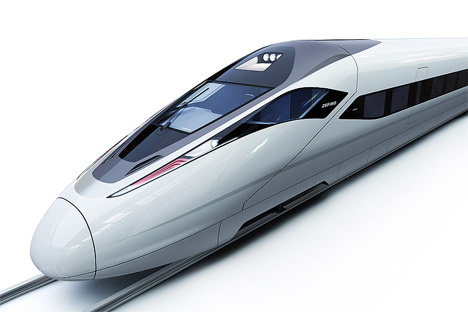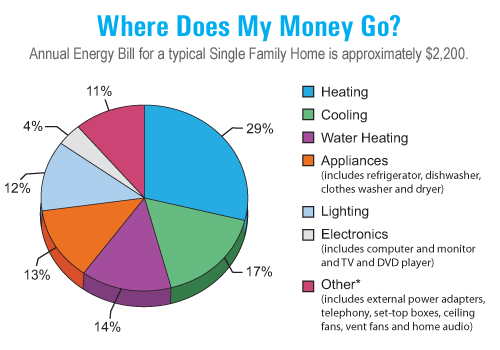Further to my earlier post on Energy Camp, here are a few other observations.
David Berlind, the GM of the unconference division of TechWeb, the Interop producers, spoke about CFL (Compact Flourescent Lighting) disposal and how the mercury inside the bulb makes recycling burned out bulbs a necessity to avoid landfill contamination. He interviewed the Microsoft Environment Strategist who described a circumstance where Microsoft suffers from silo-itis. Only when the company began to think holistically about the need for Green did it form a conscious interest at the executive levels to achieve something in the area.
Rob Bernard has had this role at Microsoft since November 2007. His greatest accomplishment to date has been to work with the operations staff to create a tool to track carbon production of the Microsoft Live properties – MSN.com, Tellme, Live Search, microsoft.com, Office Live and hotmail.com for example.
Here was a great idea from James Governor, editor of GreenMonk. Apparently, BT, the UK phone company actually reports their revenue per kg of carbon dioxide produced. Even more impressive is the BT Pledge to reduce emissions.
Microsoft operates a busline in the Seattle area for employees to avoid having to drive to the office and includes three programs for work at home, avoiding the trip altogether.
We talked about hot data centers – most data centers use WAY TOO MUCH COOLING capacity. The equipment can tolerate 35 degrees C (90 deg F), so why not do a thermal scan of the data center using a $100 MasterCraft Digital Thermometer Reader and focus the cooling effort on the hot spots. Tom Raftery of CIX spoke about his hyper-green data center design.
Later I met with Lars Larsen of Ortronics who explained that many data centers need to direct cabling away from the fan vents (on Cisco Catalyst switches there are on the sides of the chassis), use insulation to facilitate direct cold air flow through the server racks and use the hot air collectors to heat the building or water for the building or both. There were great sessions at the unconference on data center engineering, which I only got the Reader's Digest version.
James talked about [[Food miles]], the idea of incorporate distance of travel into the consumer choice for product, and wondered if it would be practical to incorporate 'bit miles' in much the same way?
Many talked about their companies NOT having a goal, a program or best practices, so David started one on the Energy Camp wiki.
April Dunford of Nortel spoke in the small groups about how the local green council at Nortel HQ focused on encouraging printing regularly on doublesided. Most network printers available in the company were capable of printing on both sides, yet nobody knew how to do it. So the local council trained every body how to do it.
Matt Heinz from Verdiem spoke about how the data center represents 23% of all enterprise power consumption and gets the lion's share of the energy reduction energy, while PCs on desks and laptops account for 40% of all enterprise power consumption, and of the PC power, he estimated that 2/3rds was waste energy simply heating monitors, power supplies and batteries.
David Berlind lamented about the need for smart power bricks that turn off when the cellphone or the laptop battery is fully charged. James found a reference to Nokia's plans online.
A frequent challenge is to 'operationalize green.' Imbed the work ethic and the thought processes into the fabric of the business culture.
That's where I was when I had my best brainstorm of the week – green teams need training on how to solve problems, how collect data, how to choose where to start, how to organize, how to recruit members…
I've done a BrainShark presentation on the first module in a program to make your company green-er. It's about why bother. The next section will really emphasize organizational tips and then the third module will focus on employee problem solving teams.










